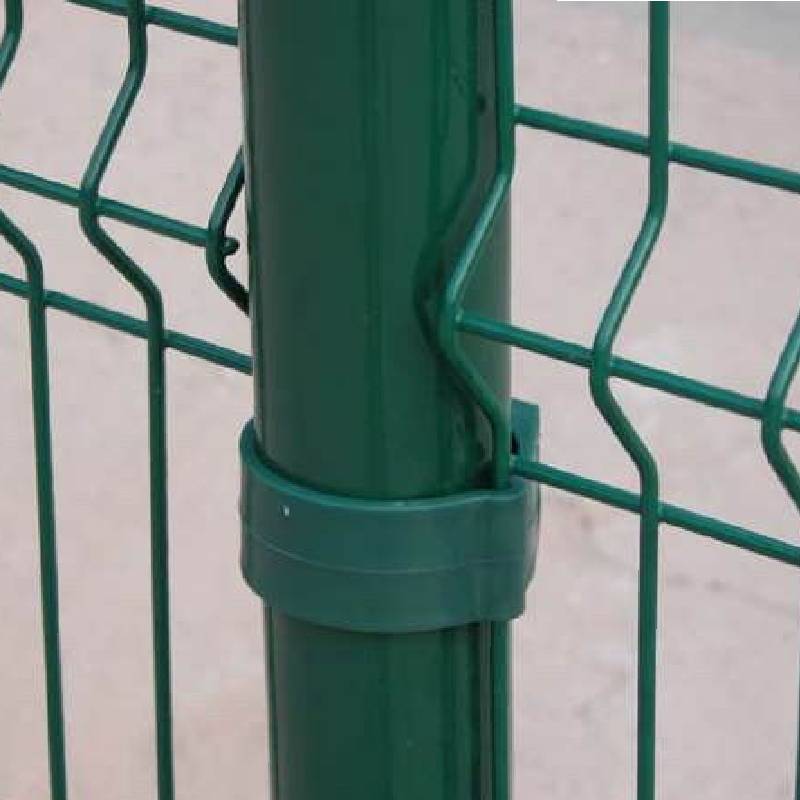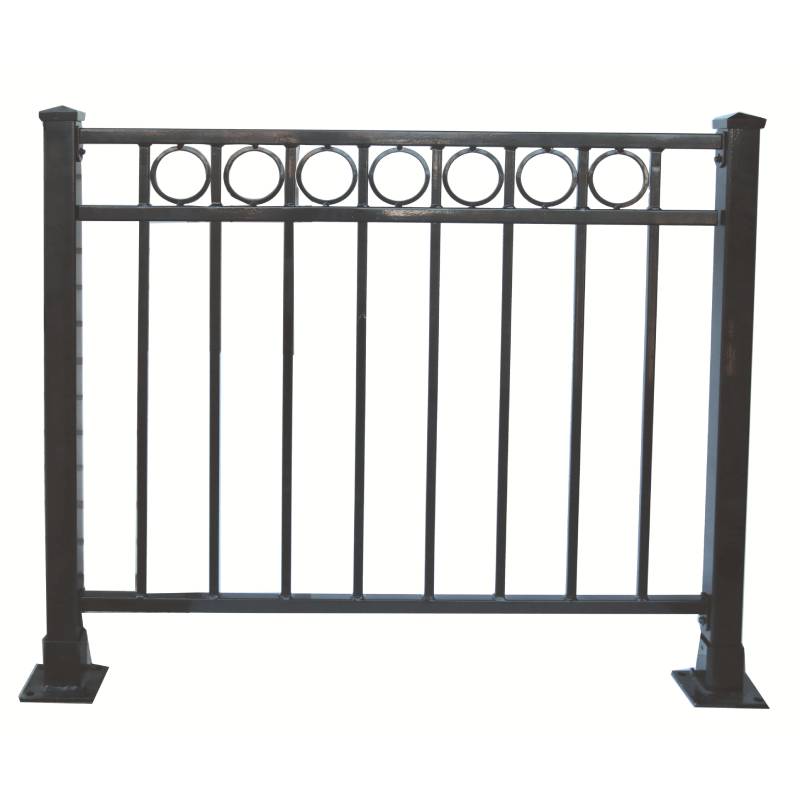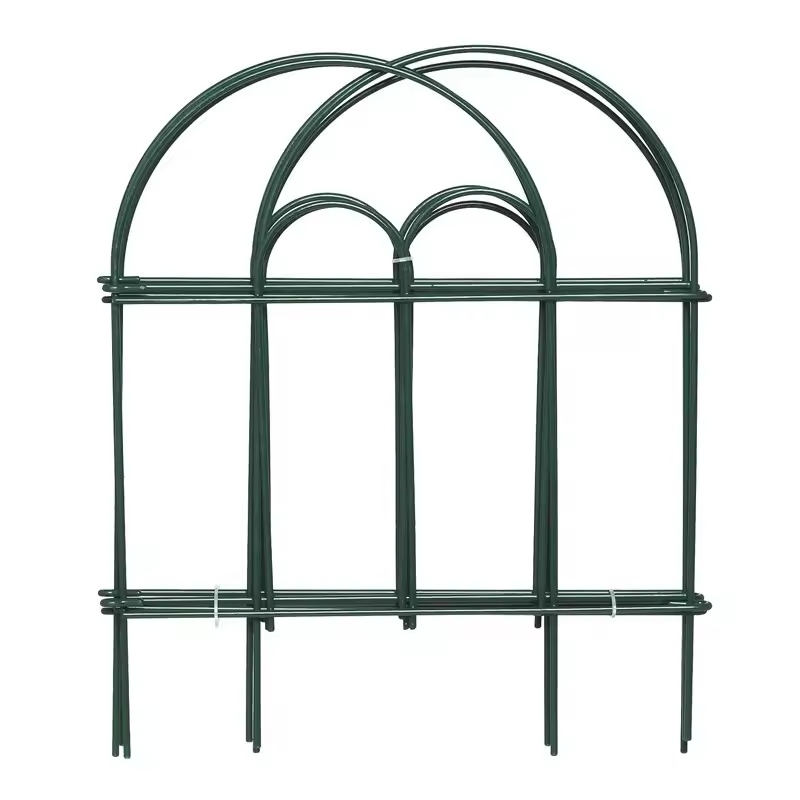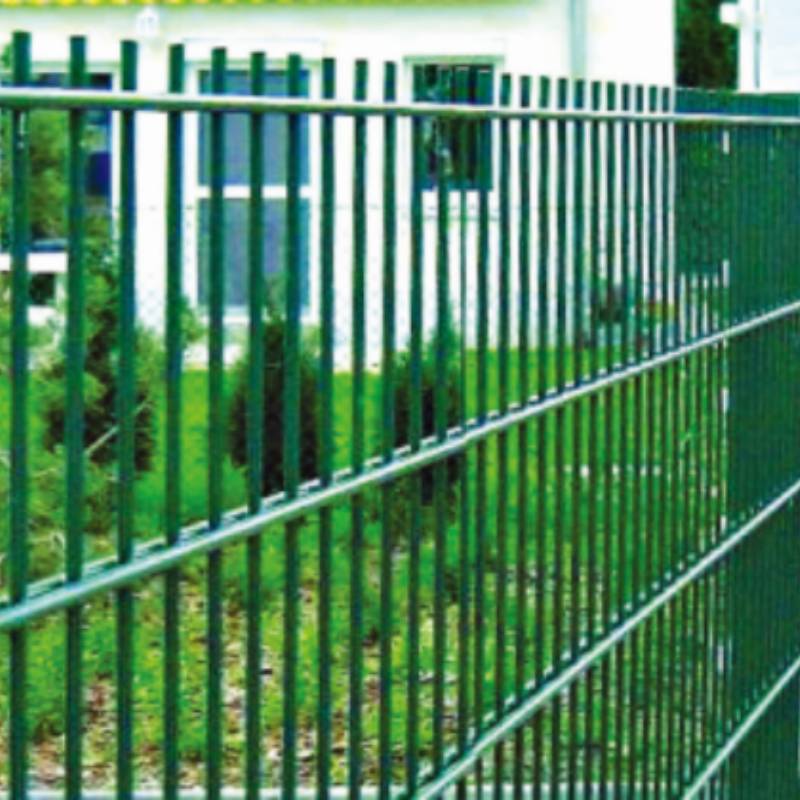-
Iimayl:zhao@hyliec.cn
-
Tel:+86 311 85273988
-
WhatsAPP:8613931128750
-
 Afrikaan
Afrikaan -
 Albaaniyaan
Albaaniyaan -
 Amxaari
Amxaari -
 Carabi
Carabi -
 Armeeniyaan
Armeeniyaan -
 Asarbayjaan
Asarbayjaan -
 Basque
Basque -
 Belarusiyaanka
Belarusiyaanka -
 Bengali
Bengali -
 Bosnia
Bosnia -
 Bulgaariya
Bulgaariya -
 Catalan
Catalan -
 Cebuano
Cebuano -
 Korsican
Korsican -
 Croatian
Croatian -
 Czech
Czech -
 Danish
Danish -
 Dutch
Dutch -
 Ingiriis
Ingiriis -
 Esperanto
Esperanto -
 Istooniyaan
Istooniyaan -
 Finnish
Finnish -
 Faransiis
Faransiis -
 Frisian
Frisian -
 Galiciyan
Galiciyan -
 Joorjiyaan
Joorjiyaan -
 Jarmal
Jarmal -
 Giriig
Giriig -
 Gujarati
Gujarati -
 Haitian Creole
Haitian Creole -
 hausa
hausa -
 hawiye
hawiye -
 Cibraaniga
Cibraaniga -
 Maya
Maya -
 Miao
Miao -
 Hungarian
Hungarian -
 Icelandic
Icelandic -
 igbo
igbo -
 Indonesian
Indonesian -
 iriish
iriish -
 Talyaani
Talyaani -
 Jabbaan
Jabbaan -
 Javanese
Javanese -
 Kannada
Kannada -
 Kazakh
Kazakh -
 Khmer
Khmer -
 Ruwanda
Ruwanda -
 Kuuriyaan
Kuuriyaan -
 Kurdish
Kurdish -
 Kyrgyz
Kyrgyz -
 Qaaxo
Qaaxo -
 Laatiinka
Laatiinka -
 Latvia
Latvia -
 Lithuanian
Lithuanian -
 Luxembourgish
Luxembourgish -
 Masedooniyaan
Masedooniyaan -
 Malgashi
Malgashi -
 Malaay
Malaay -
 Malayalam
Malayalam -
 Malta
Malta -
 Maori
Maori -
 Marathi
Marathi -
 Mongoliyaan
Mongoliyaan -
 Myanmar
Myanmar -
 Nepali
Nepali -
 Noorwiiji
Noorwiiji -
 Noorwiiji
Noorwiiji -
 Occitan
Occitan -
 Pashto
Pashto -
 Faaris
Faaris -
 Polish
Polish -
 Boortaqiis
Boortaqiis -
 Punjabi
Punjabi -
 Romanian
Romanian -
 Ruush
Ruush -
 Samoan
Samoan -
 Scottish Gaelic
Scottish Gaelic -
 Seerbiyaan
Seerbiyaan -
 Ingiriis
Ingiriis -
 Shona
Shona -
 Sindhi
Sindhi -
 Sinhala
Sinhala -
 Slovakia
Slovakia -
 Islovenian
Islovenian -
 Somali
Somali -
 Isbaanish
Isbaanish -
 Sundanese
Sundanese -
 Sawaaxili
Sawaaxili -
 Iswidish
Iswidish -
 Tagalog
Tagalog -
 Taajik
Taajik -
 Tamil
Tamil -
 Tataarka
Tataarka -
 Telugu
Telugu -
 Thai
Thai -
 Turki
Turki -
 Turkmen
Turkmen -
 Yukreeniyaan
Yukreeniyaan -
 Urduu
Urduu -
 Uighur
Uighur -
 Uzbekistan
Uzbekistan -
 Vietnamese
Vietnamese -
 Welsh
Welsh -
 I caawi
I caawi -
 Yiddish
Yiddish -
 Yurub
Yurub -
 Zulu
Zulu
Xayndaabka guddiga
Wholesale Metal Fence Panels ?
Wholesale metal fence panels are a popular choice for those looking for durable and secure fencing solutions. These panels are often made steel materials providing a
strong and long-lasting option for garden fencing. They are available in various designs and sizes, making them suitable for a wide range of applications. Wholesale options offer cost-effective solutions for purchasing metal fence panels in bulk, making them ideal for contractors, landscapers, and property developers looking to install fencing on a larger scale.
Is It Cheaper To Buy Fence Panels Or Build Them?
The cost of buying fence panels versus building them can vary depending on several factors. In general, buying pre-made fence panels can be cheaper and more time-efficient than building them from scratch. Pre-made panels are mass-produced, which often makes them more cost-effective due to economies of scale. Additionally, purchasing fence panels can save on labor costs, as they are typically easier and quicker to install compared to building a fence from individual components. However, building a fence from raw materials allows for more customization and control over the design, which may be a priority for some individuals. It's important to consider the specific requirements, budget, and time constraints when deciding whether to buy or build fence panels.
How To Install A Panel Fence?
To install a panel fence involves several steps:
1. Measure and plan: Determine the length of the fence and calculate the number of panels needed. Plan the layout and ensure the fence posts are installed at the appropriate intervals to accommodate the panels.
2. Install the posts: Dig holes for the fence posts, ensuring they are deep enough to provide stability. Set the posts in concrete and allow them to cure before attaching the panels.
3. Attach the panels: Once the posts are set, attach the panels to the posts using appropriate fasteners such as screws or nails. Ensure the panels are level and properly aligned.
4. Add finishing touches: Depending on the type of panels used, additional finishing touches such as capping, trim, or paint may be required to enhance the appearance and durability of the fence.
5. Maintenance: Regular maintenance, such as cleaning and sealing, may be necessary to ensure the longevity of the fence panels.
It's important to follow the manufacturer's instructions and local building codes when paneling a fence to ensure proper installation and compliance with regulations. If in doubt, it's advisable to consult with a professional or seek guidance from experienced individuals.








